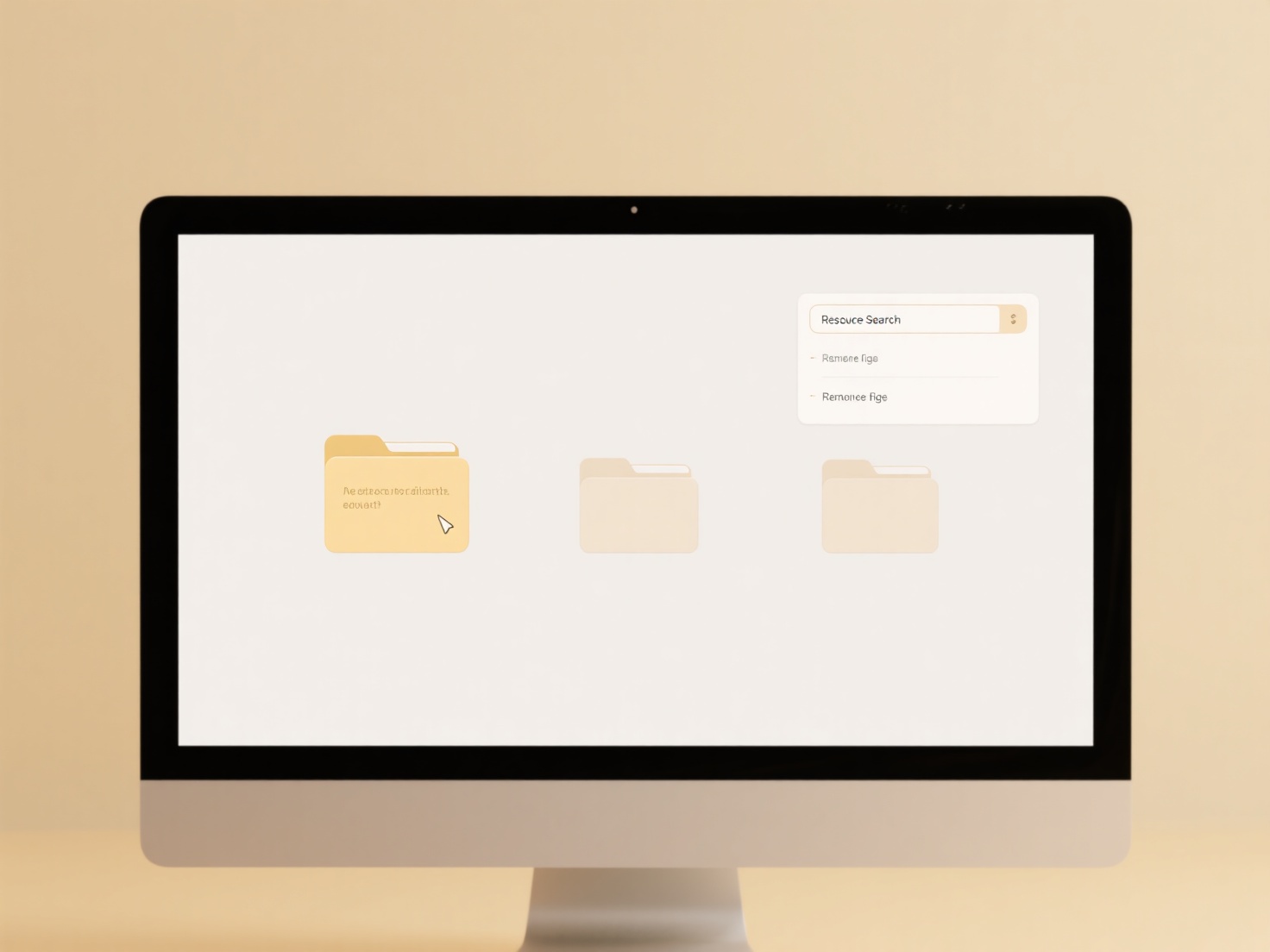
Smart folders are virtual containers that automatically group files or content based on defined search criteria (rules), rather than a fixed physical location. Unlike regular folders where you manually place items, a smart folder acts as a saved search; it displays items matching your rules in real-time, regardless of where those files are actually stored on your system or within an application. Setting one up involves defining search parameters such as keywords, dates, tags, or file types.
For example, in macOS Finder, you can create a smart folder by performing a search (e.g., for files containing "Budget" or meeting minutes), then clicking "Save" to store that search as a dynamic folder. Similarly, email clients like Outlook allow creating search folders based on sender, subject, flagged status, or other rules to automatically organize incoming messages into a virtual view. These are widely used by professionals managing large collections of documents, photos, emails, or media files.

The major advantage is efficiency: smart folders save significant time by automatically collecting relevant items from scattered locations, reducing manual sorting. However, their reliance on consistent metadata or naming conventions is a limitation; files lacking the required attributes won't appear. This dynamic approach fosters better organization and workflow, encouraging users to rely on logical searches rather than complex folder structures, driving broader adoption of search-driven file management.
How do I set up smart folders based on search rules?
Smart folders are virtual containers that automatically group files or content based on defined search criteria (rules), rather than a fixed physical location. Unlike regular folders where you manually place items, a smart folder acts as a saved search; it displays items matching your rules in real-time, regardless of where those files are actually stored on your system or within an application. Setting one up involves defining search parameters such as keywords, dates, tags, or file types.
For example, in macOS Finder, you can create a smart folder by performing a search (e.g., for files containing "Budget" or meeting minutes), then clicking "Save" to store that search as a dynamic folder. Similarly, email clients like Outlook allow creating search folders based on sender, subject, flagged status, or other rules to automatically organize incoming messages into a virtual view. These are widely used by professionals managing large collections of documents, photos, emails, or media files.

The major advantage is efficiency: smart folders save significant time by automatically collecting relevant items from scattered locations, reducing manual sorting. However, their reliance on consistent metadata or naming conventions is a limitation; files lacking the required attributes won't appear. This dynamic approach fosters better organization and workflow, encouraging users to rely on logical searches rather than complex folder structures, driving broader adoption of search-driven file management.
Related Recommendations
Quick Article Links
How do I rename simulation or analysis outputs?
Renaming simulation or analysis outputs refers to changing the identifier (e.g., filename, dataset name) assigned to com...
How do I handle folder permissions in cloud drives?
Folder permissions in cloud drives control who can access or view, modify, or manage files within specific folders store...
Why can't I preview this file type on iOS?
Previewing files on iOS relies on the operating system's built-in capabilities to recognize and render the file format. ...